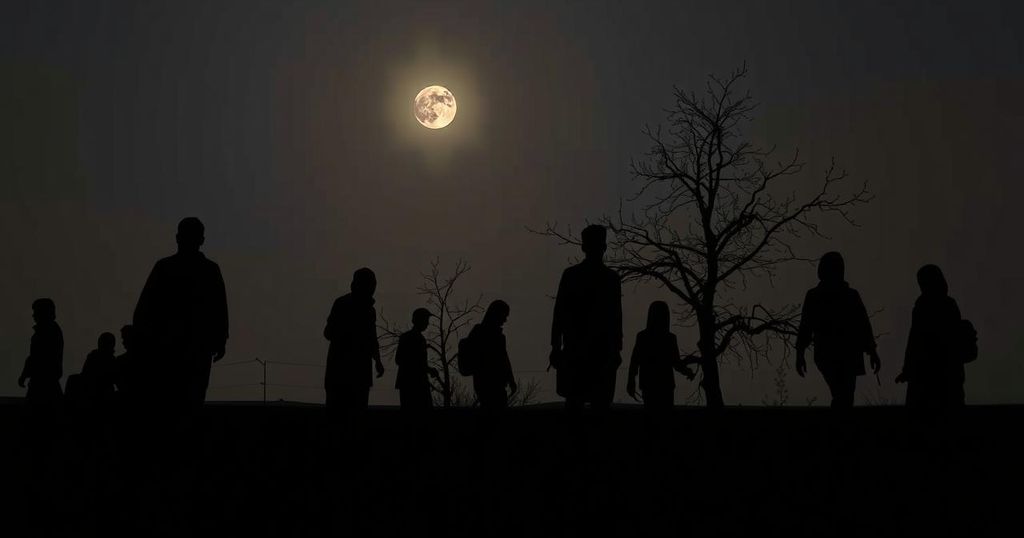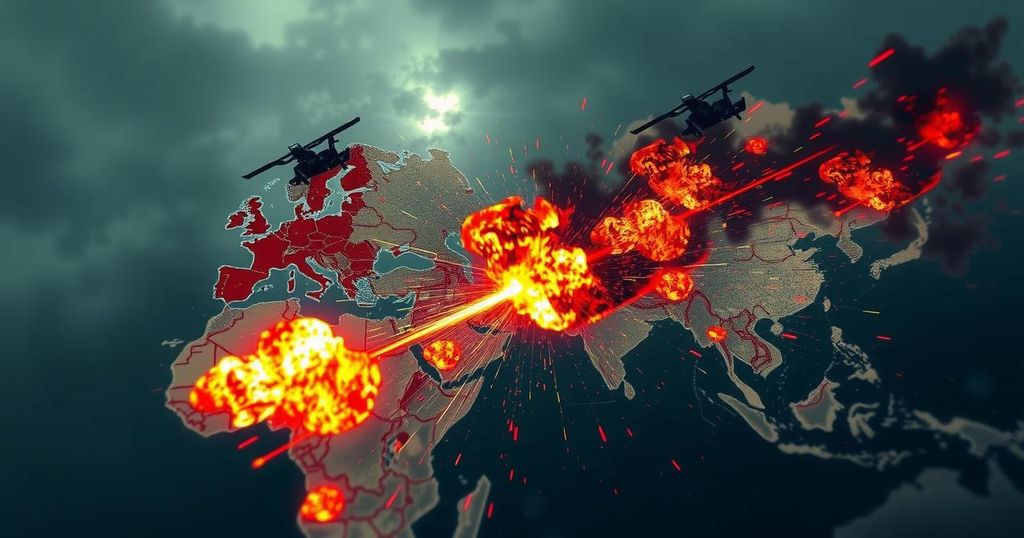Iran’s Controversial Plan to Deport Afghan Refugees Amidst Escalating Tensions
Summary
Iran intends to deport 2 million Afghan refugees over the next six months, as declared by police chief Ahmad-Reza Radan. The Iranian government cites issues related to undocumented migrants while addressing public discontent regarding their presence. High-profile activists face backlash for advocating migrant rights amid growing anti-Afghan sentiment, leading to nationwide protests and violence against the Afghan community. UNHCR estimates nearly 4.5 million Afghans reside in Iran, fostering a complex socio-economic dynamic amidst ongoing tensions.
Iran is poised to initiate the deportation of 2 million Afghan refugees over the next six months, as reported by Iranian police chief Ahmad-Reza Radan. During an interview with the Young Journalists Club, Radan indicated that both security forces and the Interior Ministry are coordinating strategies to remove a significant number of undocumented migrants in the long term. Historically, the term “illegal foreigners” predominantly refers to Afghan immigrants, many of whom have sought refuge in Iran from over four decades of conflict, poverty, and the recent resurgence of the Taliban. Interior Minister Eskandar Momeni acknowledged the cultural connections between Iranians and Afghans but emphasized that Iran could not accommodate such a substantial influx of migrants. “Afghans are cultivated people, but our country cannot receive so many migrants,” he asserted to the state news agency. Momeni also mentioned that approximately 1.3 million irregular migrants were deported to Afghanistan in the past year. The United Nations High Commissioner for Refugees (UNHCR) estimates that nearly 4.5 million Afghan nationals reside in Iran, though local reports suggest the actual figure could reach as high as 6 to 8 million. Many Afghans avoid legal registration due to fear of deportation while others aspire to transit through Iran en route to Europe. The shared linguistic and cultural ties allow Afghan migrants to integrate reasonably well into Iranian society, often filling labor shortages in sectors like agriculture and construction, which are typically unattractive to local workers. In recent times, the Iranian populace has expressed growing frustrations regarding undocumented Afghan workers, often attributing societal issues such as crime and the scarcity of essential goods to their presence. Media narratives have fostered a controversial atmosphere, with frequent coverage of purported crimes committed by refugees and discussions surrounding the impact of migrants on the local economy, culminating in public petitions advocating for their deportation. Amidst this backdrop, prominent figures such as journalist and women’s rights activist Jila Baniyaghoob, who champions migrant rights, report heightened hostility and threats as they challenge prevailing anti-immigrant sentiments. Baniyaghoob stated, “I constantly receive hateful messages and even death threats. They want to silence me.” There have been widespread protests and sporadic violent incidents targeting Afghan migrants across various Iranian cities, with some asserting that tensions are escalating. The Iranian government has also commenced construction of a concrete wall along portions of its border with Afghanistan, raising skepticism about its effectiveness in curbing irregular crossings. Though this wall is intended to span 74 kilometers, critics doubt it will adequately address the complexities of the ongoing migration issue.
For over four decades, Afghanistan has experienced sustained turmoil due to conflict, which has compelled millions of Afghans to seek refuge in neighboring Iran. Iran shares a lengthy border with Afghanistan, a geographical factor that facilitates the movement of refugees. The increase of Afghan migrants has often been met with a mix of acceptance and resentment within Iranian society. While many Afghans contribute significantly to the economy and cultural landscape, perceptions of them as a burden on resources and public safety have fueled anti-migrant sentiments. Recent political and economic instability in Iran has exacerbated tensions, leading the government to take a firmer stance on irregular migrants, specifically targeting the Afghan population.
The decision to deport 2 million Afghan refugees marks a significant and contentious chapter in Iranian migration policy. As the state struggles with economic challenges and societal unrest, Afghan migrants have become scapegoats for broader issues within the country. The situation remains complex, balancing humanitarian considerations, national security, and public sentiment. The Iranian government faces the challenge of addressing the needs of both its citizens and the large Afghan community that has sought refuge for decades, all while navigating the volatile international landscape surrounding migration.
Original Source: www.dw.com







Post Comment